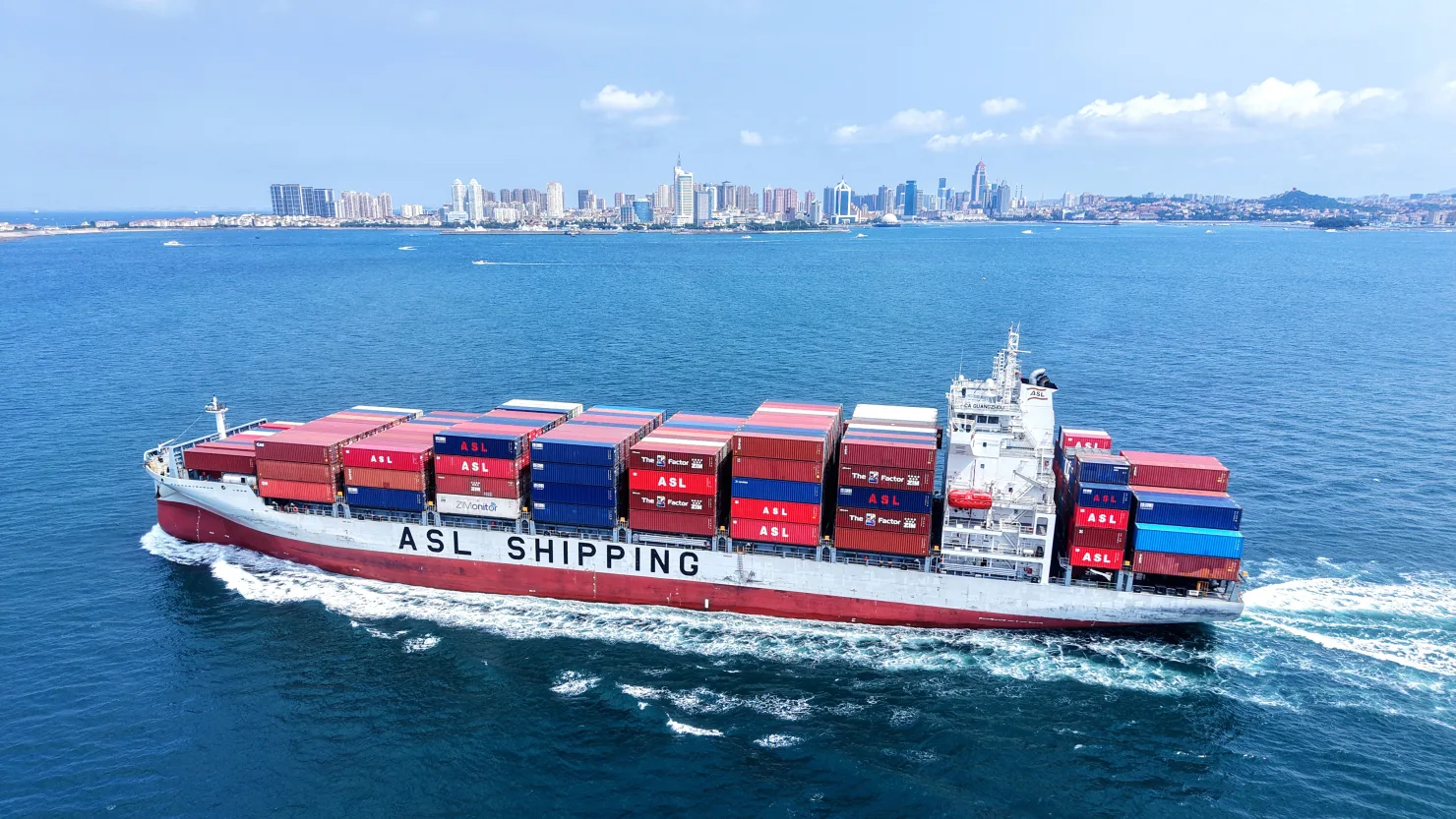
Chinese exports recorded the fastest growth in the last six months in September, while imports had the strongest increase in more than a year, according to data released this Monday (13) by the General Administration of Customs of China.
The country’s exports increased by 8.3% compared to the same month in 2024, in values converted to dollars, exceeding the projection of a 7.1% increase made by economists consulted by Reuters. Imports grew 7.4% on the same basis of comparison, well above expectations of 1.5%, achieving the best performance since April 2024, according to LSEG data.
Even with the general increase in foreign trade, exports to the United States fell 27% compared to September of the previous year, and imports from the country fell 16%. China’s trade surplus with the United States, in the first nine months of the year, was US$208.6 billion, compared to US$25.8 billion in the same period in 2024.
The decline in exchanges with Washington was offset by strong increases in other regions. Chinese exports to the Association of Southeast Asian Nations (Asean) rose 15.6%; for the European Union, 10.4%; and for Africa, 56.4%.
The recovery comes amid a new escalation of trade tensions between Beijing and Washington. US President Donald Trump threatened to apply an additional 100% tariff on Chinese products and tighten controls on exports of strategic software. In response, the Chinese government increased restrictions on the export of rare earths — essential inputs for the technology industry — and included the consultancy TechInsights on its list of “unreliable entities”. Beijing also opened a new antitrust investigation against US semiconductor manufacturer Qualcomm.
According to analyst Gabriel Wildau, from consultancy Teneo, if the tariffs are fully implemented, taxes on Chinese imports in the United States could exceed 150%, which “would effectively create a trade embargo”. According to him, “China would probably respond in kind, reducing bilateral trade to a minimum flow.”
The two countries also plan to impose reciprocal port charges from October 14. The initial rate set by China will be 400 yuan (about US$56) per ton — the same value set by Washington.
At a press conference this Monday, the spokesman for the General Administration of Customs, Lyu Daliang, stated that “China hopes that the United States realizes that it is taking the wrong path by increasing port fees” and defended a return to dialogue. Lyu also said that new taxes adopted by several countries have harmed companies and the global economy, reinforcing that Beijing “remains committed to multilateral trade”.
Bilateral trade remains affected by the suspension of Chinese purchases of North American soybeans, which has been in effect for months. China, the world’s largest importer of the grain, increased its total soybean imports by 13% in September, but did not detail the origin of the shipments. Trump recently stated that he intends to pressure President Xi Jinping, in a meeting scheduled for the end of October, to resume acquisitions.
Chinese exports of rare earths fell 30% in September, to 4 thousand tons. Earlier this month, Beijing expanded control over strategic minerals, adding five new elements to the restricted export list and imposing additional requirements on foreign companies wishing to access these materials. Analysts estimate that, if the measures are fully applied, companies such as Nvidia, TSMC and Intel will need to obtain licenses from the Chinese government to sell chips globally.
Expectations now turn to a possible meeting between Trump and Xi Jinping, which could mitigate the escalation of tensions. Economist Allan von Mehren of Danske Bank estimates the chance that the negotiations will result in a mutual rollback of sanctions at more than 50%.
In a statement, China’s Ministry of Commerce said that “threatening high tariffs at every turn is not the right way to engage with China” and that if the United States “persists on this path, the country will take corresponding measures to protect its legitimate rights and interests.”
Source: https://www.ocafezinho.com/2025/10/13/exportacoes-da-china-superam-expectativas-em-setembro-e-importacoes-tem-maior-alta-desde-abril-de-2024/

